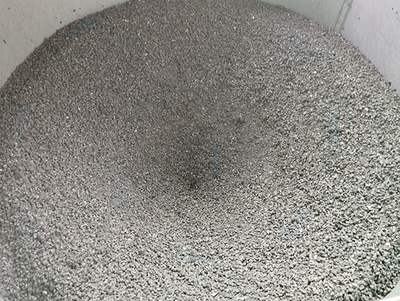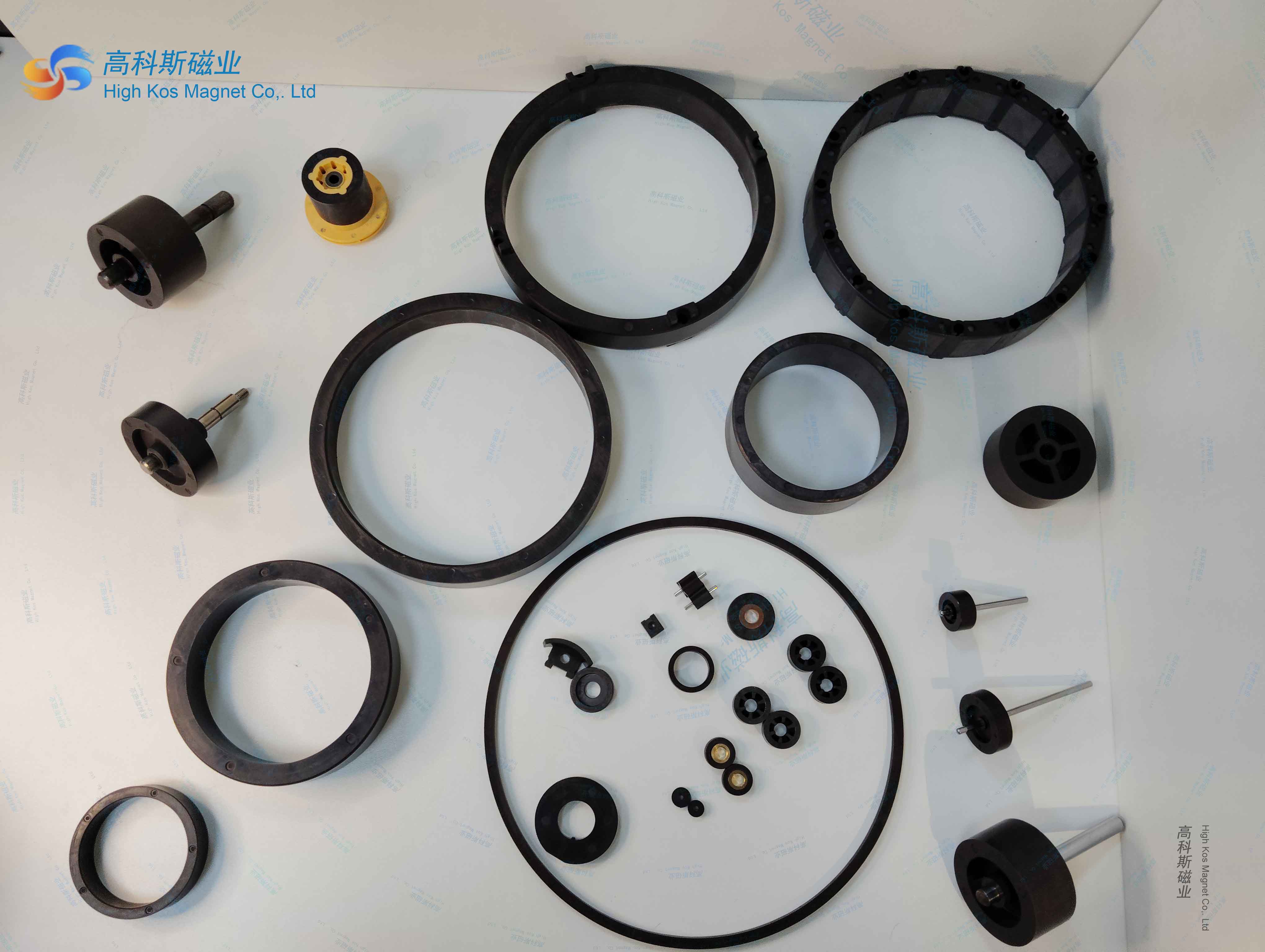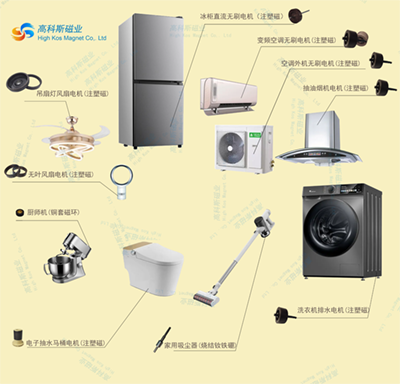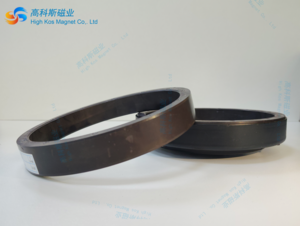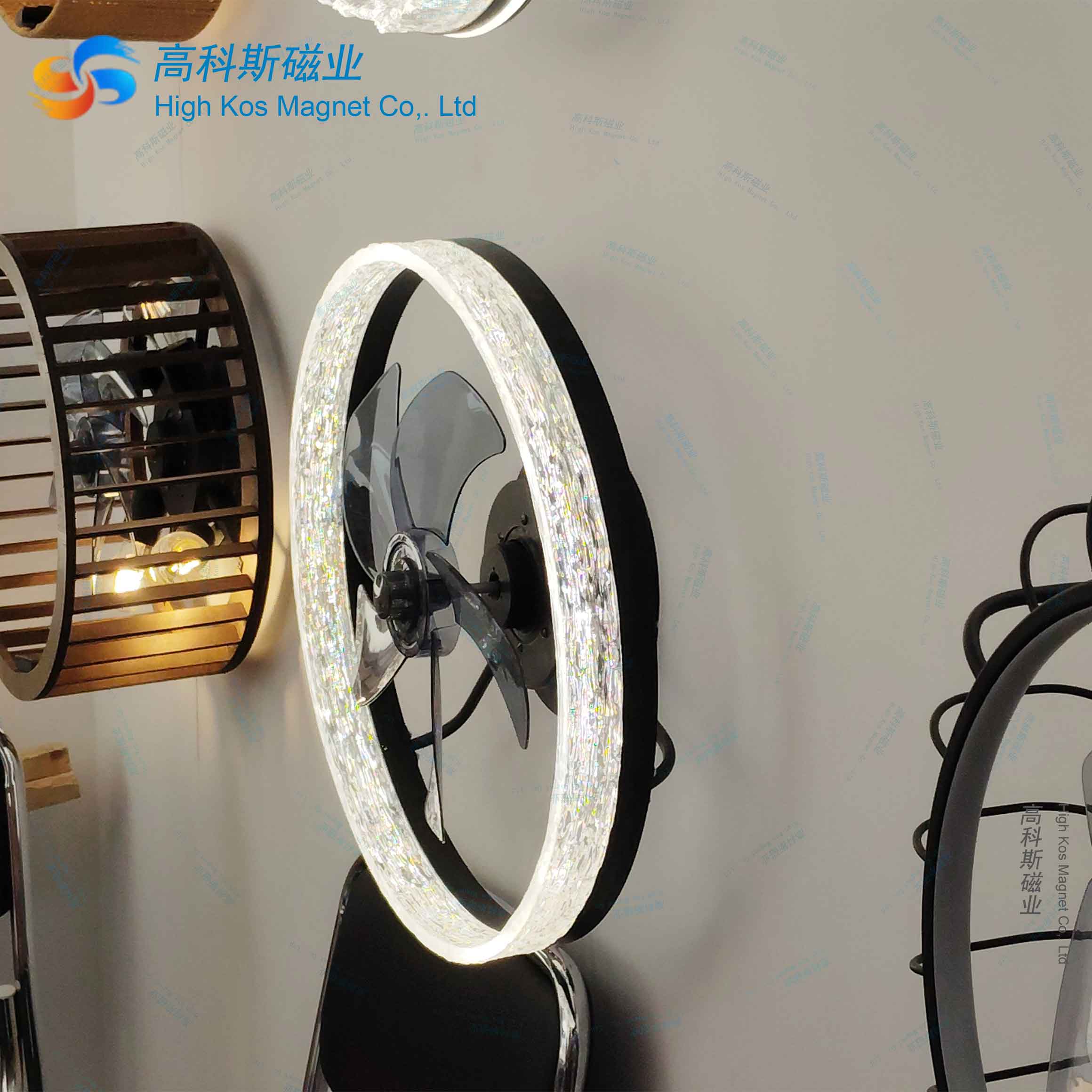Why does the rotor need to be dynamically balanced, and how is dynamic balancing done?
01
Why do we need to do dynamic balancing
Due to the manufacturing and assembly processes of the rotor, the final assembled rotor always cannot achieve complete axial symmetry in terms of power (known as shaft eccentricity), resulting in a certain degree of imbalance. This type of imbalance is commonly referred to as the original imbalance.
There are various reasons for the original unbalance of the rotor, but if there is an unbalance in the rotor, it will generate a centrifugal force when the rotor rotates. The centrifugal force gradually increases with the increase of rotational speed. Centrifugal force is transmitted to the machine through bearings, causing vibration of the entire machine, generating noise, accelerating bearing wear, reducing machine life, and even causing machine control failure and serious accidents.
Dynamic imbalance is the most common phenomenon of imbalance. It is a combination of static imbalance and occasional imbalance.
After dynamic balance correction, the unbalanced rotor not only eliminates the even imbalance but also eliminates the static imbalance. At this point, the central inertia axis of the rotor is completely aligned with the axis of rotation, allowing the rotor to reach balance. But the ideal is full and the reality is bony, it is impossible to balance an unbalanced rotor to zero unbalance. Due to the accuracy of the dynamic balancing equipment and the limitations of the rotor. Therefore, the concept of balance accuracy emerged, which refers to the most reasonable numerical level that we can achieve under existing conditions, thus meeting both the requirements of production and life as well as the requirements of economy.
02
Under what circumstances should dynamic balance verification be performed?
In theory, it is stipulated that in practical work, dynamic balance verification is also required for any component of the rotor, or for rotors that have not been replaced after maintenance.
During the assembly process, the gaps generated between each component meet the installation standards, but for the entire rotor component, its cumulative error may exceed the dynamic balancing accuracy of the rotor. Especially for some rotor components equipped with bearing bottom sleeves, they should undergo dynamic balance verification before final assembly.
03
Accuracy requirements for dynamic balancing machines
The minimum achievable residual unbalance is the minimum residual unbalance that can be achieved when balancing the rotor of a balancing machine, and is a performance indicator for measuring the highest balancing capacity of the balancing machine.
The hard support balancing machine can be directly represented by the minimum remaining unbalance on the calibration surface, in grams per millimeter, and some also use grams per centimeter.
The minimum achievable residual unbalance is influenced by factors such as the type, measurement method, transmission method, bearing form, plane separation ratio of the calibration surface, and sensitivity of the balancing machine.
To achieve high balance accuracy of the rotor (i.e. minimal remaining unbalance), it is necessary to eliminate factors that may affect the balance accuracy as much as possible. Among these influencing factors, the transmission mode of the balancing machine and the imbalance of the transmission components have the greatest impact. The journal accuracy of the rotor should also be strictly limited, as well as rotor components with impellers, rotors with a center of gravity that is not at the center of the rotor, rotors with bearing bottom sleeves and sealed with packing.
04 Balanced Process and Method
The process of rotor balancing, also known as balance testing, involves measuring the unbalance of an unbalanced rotor and correcting it to eliminate it. It is an important process in rotor machining.
1. Selection of school facade
The operation of eliminating the imbalance of the rotor and putting it in a balanced state is called balance correction. Balance correction is performed on a plane perpendicular to the rotor axis, which is called the correction plane. The method of correcting balance only within one calibration plane is called single-sided balance or static balance, while the method of correcting in two or more calibration planes is called double-sided balance or multi-faceted balance or dynamic balance.
For rotors with large initial unbalance and excessive vibration during rotation, single-sided balancing should be performed before dynamic balance verification to eliminate static unbalance. Sometimes, due to improper selection of the front position of the school (i.e., the center of gravity is not within the selected front), correcting the static balance can actually increase the even imbalance. Therefore, it is best to choose the front of the school to be carried out within the plane where the center of gravity is located, in order to reduce occasional imbalances. If the plane where the center of gravity is located does not allow for weight removal, it should generally be done on two planes located on either side of the plane where the center of gravity is located.
For rigid rotors, they generally have static unbalance and even unbalance. To achieve balance, the imbalance can be corrected in two correction planes perpendicular to the axis, which is called double-sided balance. The correction method is generally carried out by adding weights (such as using balance blocks) or removing weights (such as punching holes). The position of the calibration plane is generally determined by the structure of the rotor.
To reduce the time and effort spent on balancing operations, efforts should be made to minimize the amount of correction. To achieve good balancing results, the distance and correction radius between the two calibration surfaces should be increased as much as possible under possible conditions.
2. Verification method
The imbalance of a rotor is caused by the misalignment of its central principal axis of inertia with the axis of rotation, and balance correction is to change the mass distribution of the rotor so that its central principal axis of inertia coincides with the axis of rotation to achieve balance. The commonly used correction methods include adjusting the correction weight, adding or removing weight, etc.
Weighting can be achieved through screw connection, riveting, and welding, which can improve the balance effect and higher balance accuracy of the rotor, and is convenient and safe. Drilling, grinding, chiseling, milling and other methods are often used for weight removal. Grinding is used to remove weight from the rotor and impeller of the pump, or weight is added to the coupling.
The choice of calibration method depends on the rotor structure and process requirements, as well as the geometric shape of the calibration surface. Generally, when designing a rotor, the position for adding or removing weight is taken into consideration.
3. Correction error
In the balancing process, in addition to the measurement error of the balancing machine, there are also errors caused by inaccurate balance correction (including the size and position of the correction amount), which are called correction errors. It can be divided into correction angle error, correction amplitude error, correction radius error, and correction plane position error.
In practical calibration, most of the four types of errors mentioned above appear as a combination, and should be considered comprehensively when analyzing. In addition, the ratio between the initial unbalance and the remaining unbalance, as well as the impact of the unbalance reduction rate of the balancing machine, should also be considered.
